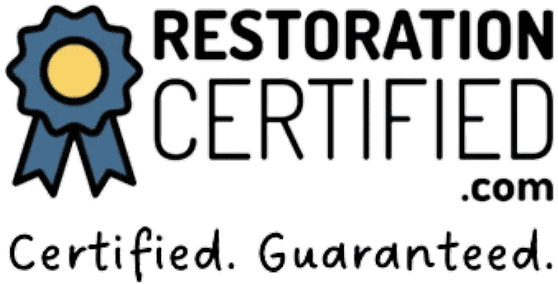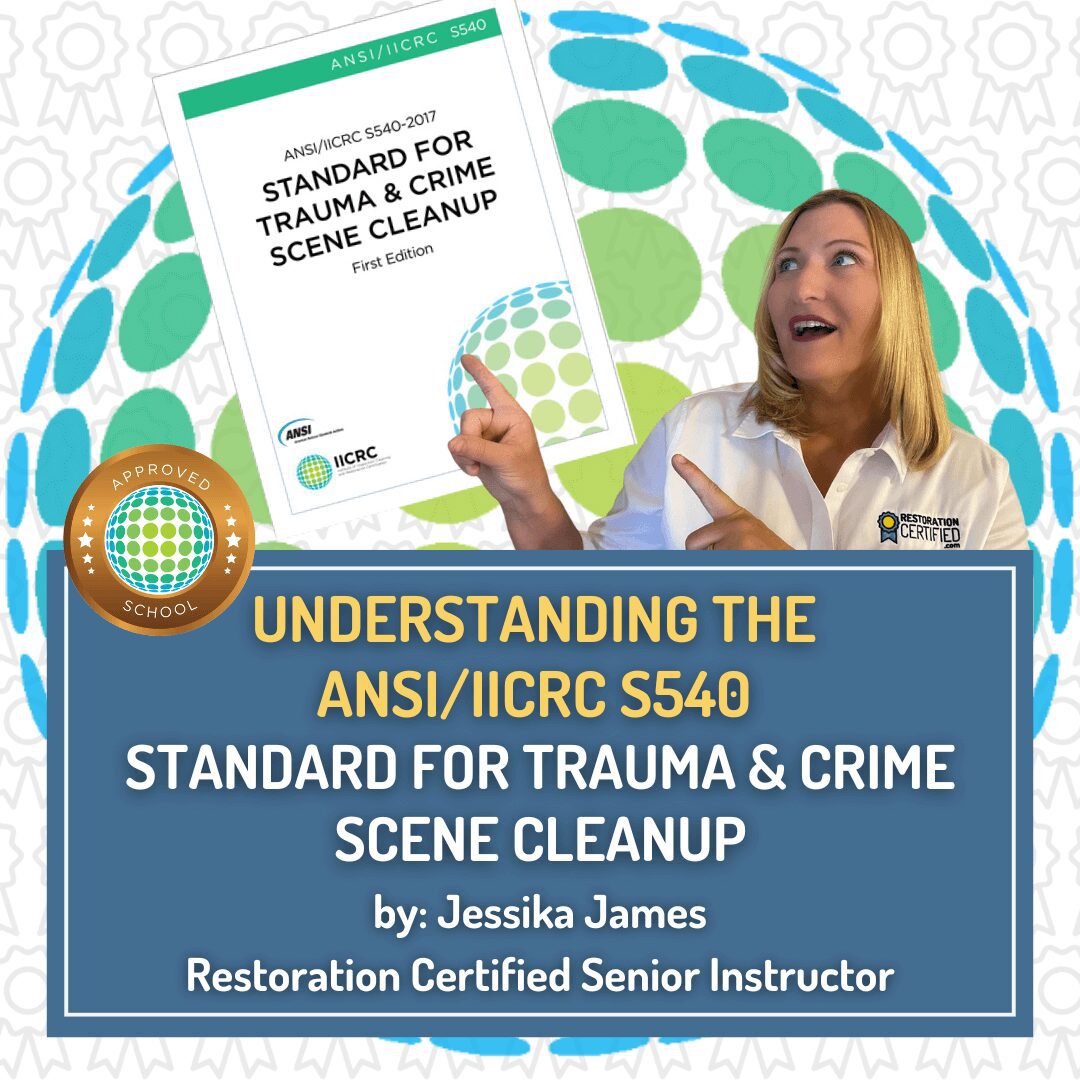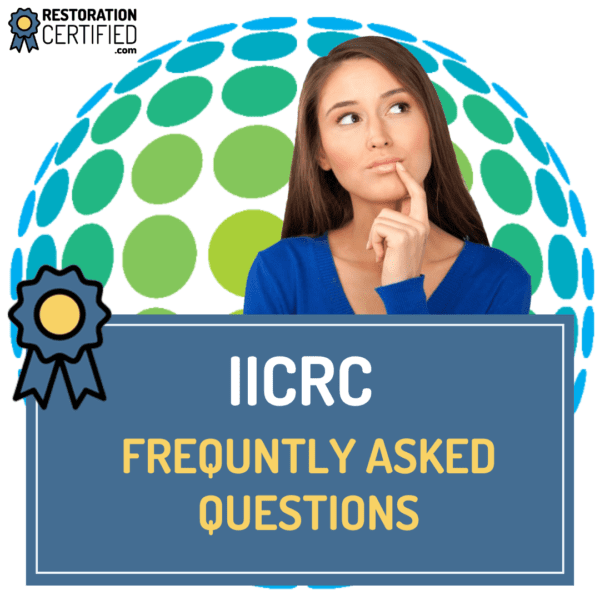How to Perform a Respirator Positive
and Negative Pressure Seal Test
When working in environments with airborne contaminants, wearing a properly fitting respirator is critical to ensure your safety. One of the most important steps in using a respirator is conducting a seal check to confirm it fits properly and is functioning effectively. A proper seal is crucial for the effectiveness of your respirator, whether you are working in hazardous environments, performing cleanup tasks, or managing contaminants. By performing a positive and negative pressure seal test before you enter a contaminated environment, you ensure your safety and compliance with workplace safety protocols.
A respirator seal test is a quick check to ensure that the respirator creates a proper seal around the face, preventing harmful substances from entering. It is not a substitute for a professional fit test but is an essential daily step for users.
Remember, respirators are designed to form a tight seal around the face, preventing contaminants from bypassing the filter. However, even the best respirator cannot provide adequate protection if the seal is compromised. Common issues that can affect the seal include facial hair, incorrectly worn straps, cracks or damage in the respirator, and wearing the wrong size or type of respirator. Performing a seal check is essential to ensure that your respirator is functioning properly and can effectively protect you in hazardous environments.
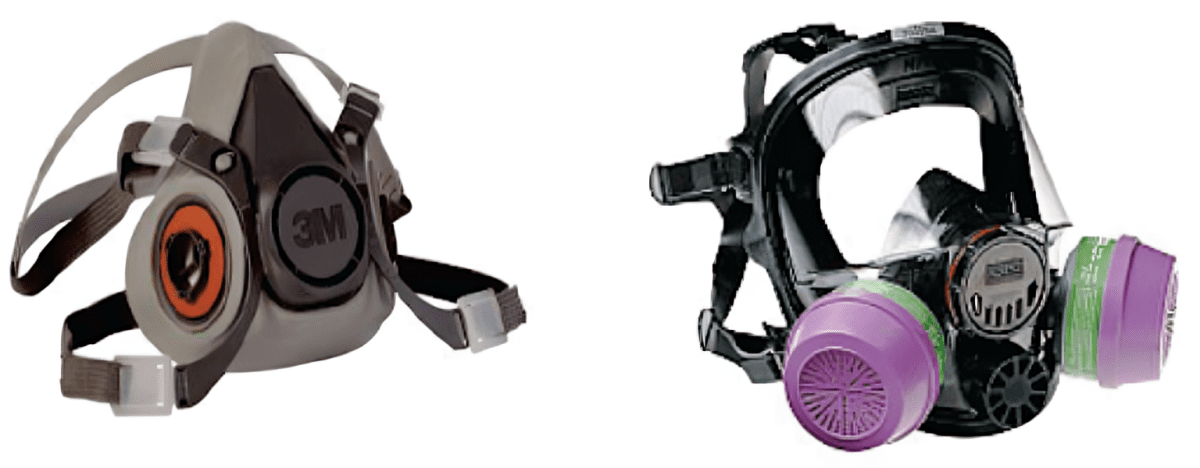
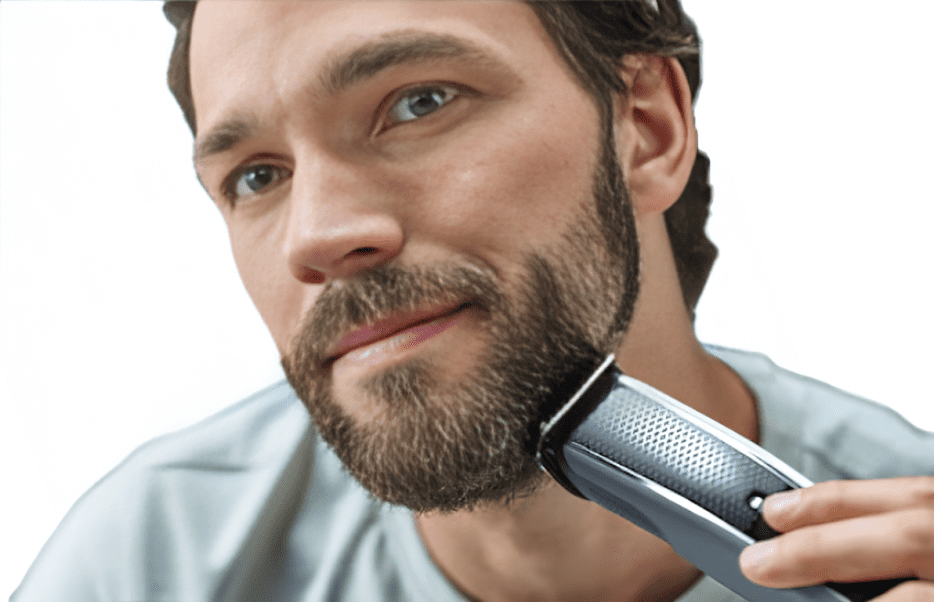
Before You Begin
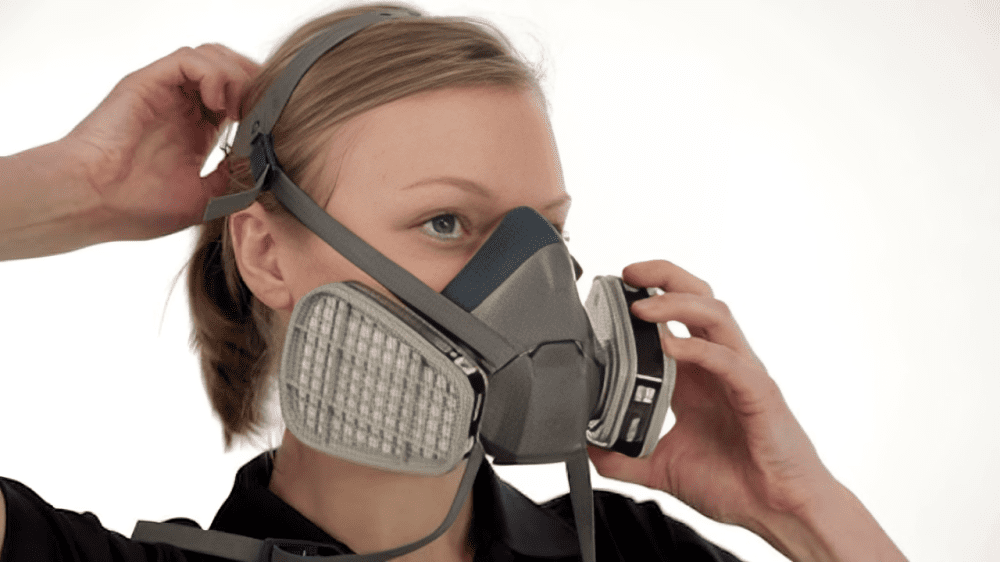
- Inspect the respirator by checking for any signs of damage, wear, or contamination.
- Remove any soils on the face that may irritate the skin or facial hair that will compromise the face-to-face mask seal.
- Don the respirator. Ensure that long hair is bound and compromising the adjustment of the neck strap. Secure the straps and position the respirator on your face according to the manufacturer’s instructions. Make sure the straps are not twisted and adjust so they fit snugly around your head.
Positive Pressure Seal Test
This test ensures the exhalation valve is functioning properly and the respirator is sealing against your face during exhalation, and no air is leaking out of the respirator.
- Put on the respirator and adjust the straps for a snug fit.
- Place your hand over the exhalation valve cover to block the airflow (on some respirators, you may need to cover the entire respirator outlet).
- Gently exhale into the respirator.
- Observe if air leaks out around the edges of the respirator.
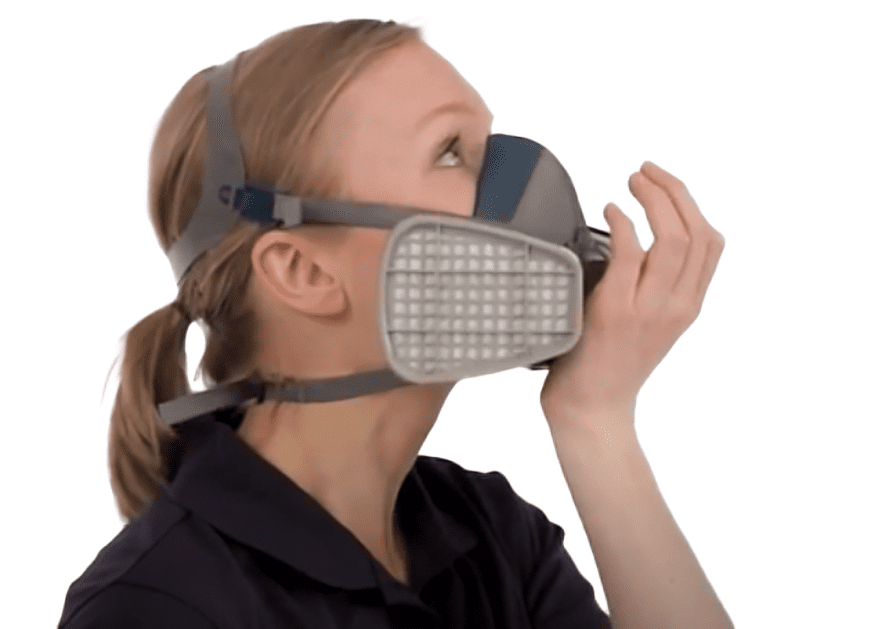
- Pass: If no air escapes and the respirator expands slightly, the seal is intact
- Fail: If air escapes around the edges or through the valve, adjust the fit or straps and try again.
Negative Pressure Seal Test
This test ensures the respirator is drawing air solely through its filters when you inhale.
- Cover the respirator’s inhalation valves using your hands. For cartridge respirators, gently cover the filter cartridges with your palms.

- Take a slow, deep breath in to create a vacuum inside the respirator.
- Check for air leakage. The respirator should collapse slightly against your face and remain in place.
- Pass: If the respirator maintains a seal and no air leaks in, the fit is secure.
- Fail: If air leaks in around the edges or the respirator does not collapse, adjust the fit or straps and repeat the test.
To ensure your respirator provides optimal protection, always perform a seal check each time you wear it. Regularly replace filters or cartridges as specified by the manufacturer to maintain effectiveness. Proper storage is also crucial—keep your respirator in a clean, dry place to prevent damage. Follow the manufacturer’s instructions for your specific model to ensure proper use. If you experience discomfort or difficulty breathing, stop using the respirator immediately, inspect it for issues, and address any problems before continuing use.
When to Replace or Reassess Your Respirator
Your respirator should be replaced or reassessed if it no longer provides a proper seal. Signs of wear, cracks, or other damage are indicators that the respirator may not function correctly. Additionally, replace the filters or cartridges when they become clogged or when breathing through the respirator becomes more difficult. Changes to your facial structure, such as weight gain or loss, dental work, or other alterations, can also affect the seal, making it necessary to refit or replace the respirator to ensure continued protection.
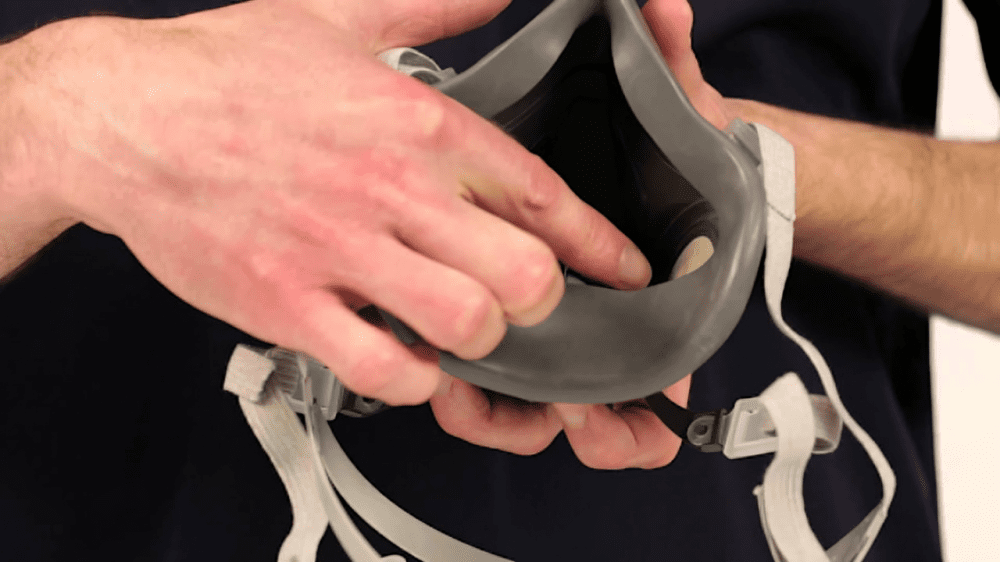
A respirator seal check is a quick and effective way to ensure your safety in hazardous environments. By incorporating these steps into your routine, you can protect yourself from airborne contaminants and reduce the risk of exposure to harmful substances.
